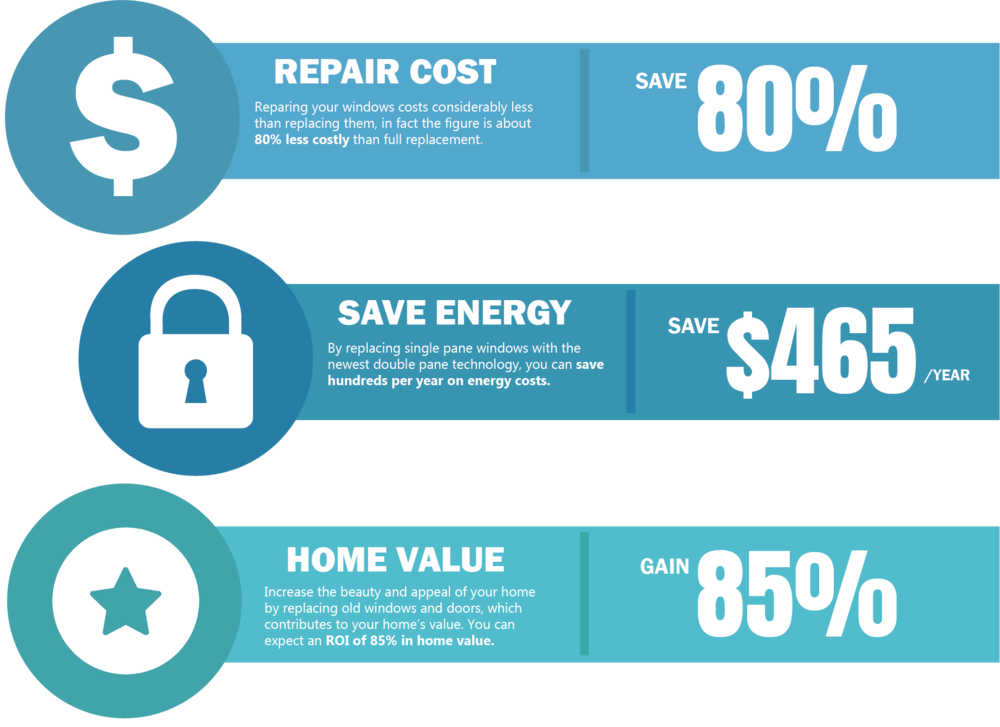Superior Pressure Cleaning Strategies For All Surface Area Enters
Superior Pressure Cleaning Strategies For All Surface Area Enters
Blog Article
Content Author-Wu Hodges
When it comes to press cleaning, the technique you select can make all the difference in achieving a clean, streak-free coating. You might discover that hard surface areas, like concrete, require a different approach than softer products, such as timber or vinyl. It's essential to adapt your approaches to the surface type to avoid damages while making the most of cleansing performance. So, what are simply click the up coming web site for each and every surface, and how can you ensure you're utilizing the ideal settings and tools for the job? Let's discover what you require to know to obtain the very best results.
Difficult Surfaces
When it involves press cleaning tough surface areas, prep work is crucial. Before you even think of pulling out the pressure washing machine, take the time to get rid of the location of any type of debris, furnishings, or barriers. You do not desire anything entering your way or potentially destructive your equipment.
Next, check the surface for any fractures or damage; this will help you determine the ideal method and pressure setups.
Once you have actually prepared the location, it's important to select the right nozzle. For hard surfaces like concrete or block, a slim nozzle (15 or 25 levels) works best to supply a focused stream of water that can properly eliminate crud and spots. Always begin at a distance and gradually relocate closer to stay clear of any surface area damage.
As you begin cleaning, keep the stick moving to avoid touches and over-saturation. It's also helpful to function from the top down, enabling dust and debris to get rid of naturally.
Lastly, bear in mind to rinse the surface area completely after cleaning up to eliminate any remaining detergent. With these techniques, you'll accomplish a tidy and refreshed look on all your difficult surfaces.
Soft Surfaces
Stress washing soft surfaces calls for a gentler technique to safeguard them from damage. Whether you're cleansing your deck, patio furniture, or house siding, using too much pressure can bring about dents, scrapes, or perhaps irreversible damage.
Start by picking a low-pressure nozzle, ideally a 25-degree or larger spray pattern, to spread the water a lot more carefully.
Before you start, it's essential to pre-treat any type of spots with a suitable cleansing option. This step permits the cleaner to penetrate the dust and gunk, making it much easier to get rid of without rubbing as well hard.
Always use the option from the bottom up to avoid spotting.
When you begin stress washing, maintain a distance of a minimum of 12 to 18 inches from the surface area. Move your stick in a sweeping motion, maintaining it parallel to the surface area to avoid focused pressure on one place.
Wash the location completely after cleaning up to remove any residual cleanser.
Lastly, examine the surface area for any kind of missed out on spots and repeat the procedure if necessary. By following these actions, you can effectively tidy soft surfaces while protecting their integrity and appearance.
Specialty Surfaces
Cleansing soft surface areas requires care, however specialty surfaces require much more focus to information. When you tackle these surface areas, like delicate wood, stained concrete, or specific types of house siding, making use of the right pressure cleaning strategies is crucial to avoid damages.
Initially, examine the product. For instance, treated timber can often endure modest pressure, yet softer timbers like cedar may require a reduced setup. Always begin with the lowest stress and gradually raise if necessary.
For stained concrete, make use of a fan spray nozzle and maintain a regular distance to stop etching the surface.
When taking care of surfaces like vinyl home siding or painted surface areas, a wide spray pattern aids distribute the stress equally, securing the coating.
It's likewise a good idea to use detergents specifically created for specialized surface areas. Visit Homepage can boost cleaning without endangering the product.
Rinse completely after cleaning to remove any type of residue, as it can bring about discoloration or wear and tear over time.
Verdict
Finally, grasping stress cleaning methods for different surface areas can make all the difference in your cleansing outcomes. For tough surfaces, stay with narrow nozzles and a top-to-bottom strategy, while soft surface areas need a gentler touch with larger nozzles. Do not neglect to pre-treat spots and wash completely to stay clear of residue. By adjusting your methods to every material, you'll not only achieve a cleaner finish but additionally secure the honesty of your surfaces. Pleased cleansing!
